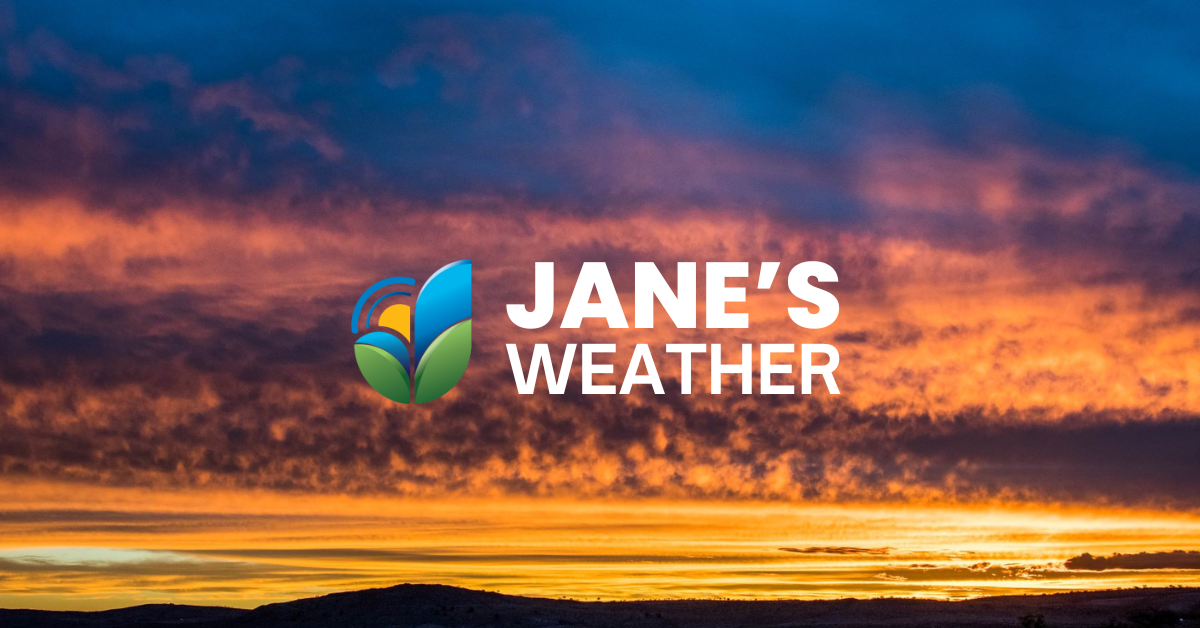Mixed start to spring as BOM continues to forecast above average rainfall
September experienced highly variable rainfall across Australia, continuing the...

September experienced highly variable rainfall across Australia, continuing the...

Year-to-date rainfall deficiency areas eased in severity in some areas of...

A low off the NSW coast is close enough to shore to bring heavy rain and strong...

We’re heading into a stormy weekend through much of the eastern states - as...
.png?width=1200&height=628&name=A+%20JW%20%20FEATURED%20IMAGES%20(4).png)
The year began and ended wet, with a long dry patch in the middle really...
.png?width=1200&height=628&name=A+%20JW%20%20FEATURED%20IMAGES%20(4).png)
Much of southeastern Australia is taking a break from heavy rain, but that...
.png?width=1200&height=628&name=A+%20JW%20%20FEATURED%20IMAGES%20(2).png)
To make it rain you need moisture and instability, and we have an impressive...
Catch Up on the Latest Ag News
Jane Bunn - Jane's Weather: Dec 5, 2025
Jane Bunn - Jane's Weather: Nov 28, 2025
Jane Bunn - Jane's Weather: Nov 21, 2025
Jane Bunn - Jane's Weather: Nov 14, 2025
Connecting with communities across regional and rural Australia